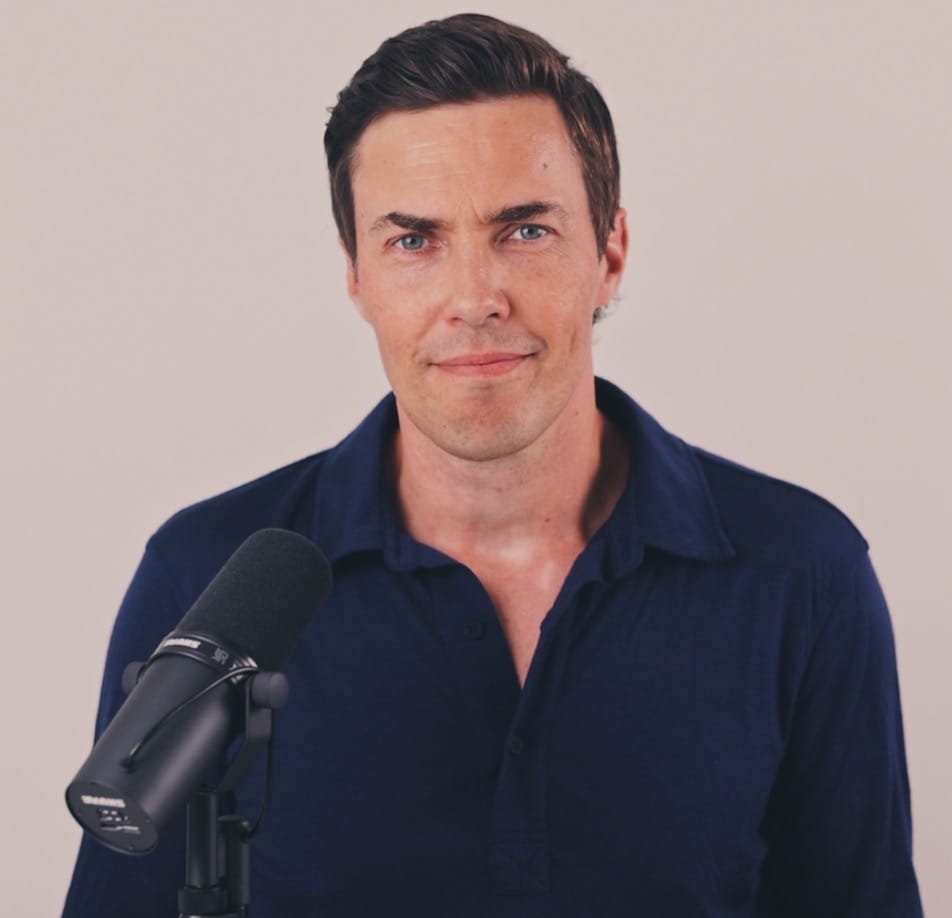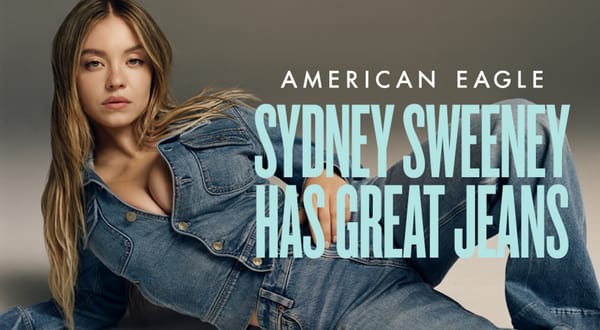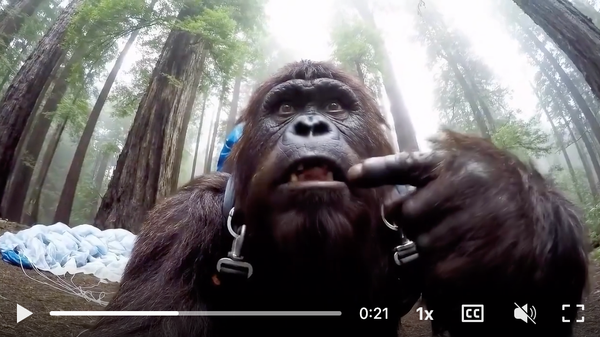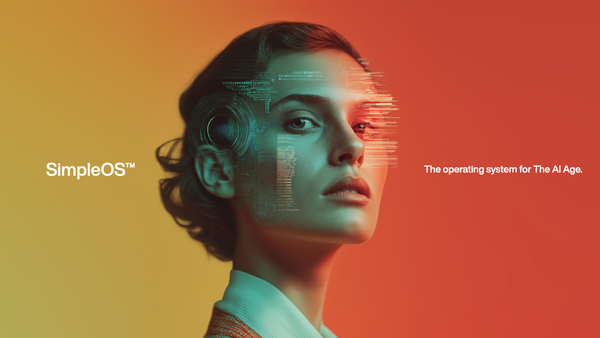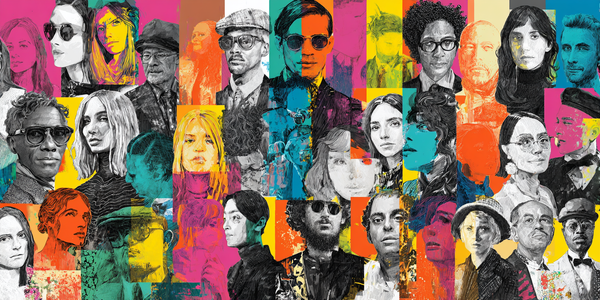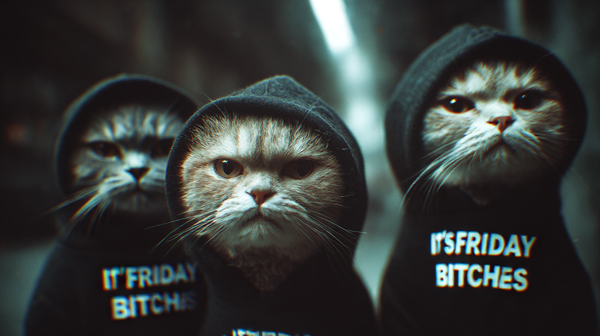You cannot ignore it. It broke the internet. Gotta give it to them in that respect. But are the effects net positive, or negative for American Eagle?
In case you missed it…which you probably didn’t.
American Eagle recently dropped a campaign starring Sydney Sweeney, the 2025 It-Girl with the face that launched a thousand screen grabs. The ad copy? “Great Jeans. Great Genes.” A cheeky play on words—unless you were on social media, where semantics and semiotics go to war.
From TikTok to think pieces, the internet asked: Is this just about a good pun and a good-looking celebrity? Or are we brushing up against something a little…darker?
The critiques weren’t exactly left-field. The combination of Sweeney’s pale skin, blonde hair, and unmistakably Eurocentric beauty, combined with the “great genes” phrasing, rubbed many the wrong way. To some, it conjured outdated ideals. To others, it flirted with eugenics-adjacent undertones. And that’s a conversation fashion has been forced to have—repeatedly—over the last decade. Throw in the conspicuous lack of visible diversity, and, well, this wasn’t going to sail under the radar.
But that’s exactly the point.
Let’s not forget what business American Eagle is in—they’re not just selling jeans. They’re selling attention. And, they are a business, of course. The stock went up 7% in the days following the launch of the campaign.
And in 2025, there’s no such thing as passive consumption. Marketing is about generating conversation. And conversation is only sparked by cultural friction.
Make them love you or hate you, but just don’t let them ignore you…is one of my go-to phrases. Usually, when you stir up a heated campaign like this one, the haters are not your ideal customers anyway.
Just think back a few years to the Nike X Kaepernick controversy. How many devoted Nike fans do you think were outraged about a football player taking a stance against racial injustice and police violence? As I wrote back then, it was a branding and marketing genius move, as Nike showed who they are at at the core. Values and ideology are perhaps the most important part of a brand like Nike, after all. So repelling the wrong consumers is actually a good thing, as long as you strengthen your core.
Back to Sydney and American Eagle. Some see this campaign as a misfire. I see it as a calculated risk with outsized returns. The copy was clever. The imagery was strategic. And most important, the impact—measured in impressions, engagement, and earned media—was enormous.
Let’s be honest, whether you hate this, approve it, or even love it, they won a lot of attention. The brand didn’t just trend. They occupied the feed. They got people to argue, to repost, to parody. (Yes, even Doja Cat weighed in.) They also tied the release to a cause—proceeds from the “Sydney Jean” were earmarked for Crisis Text Line, supporting victims of domestic violence. But that nuance? Largely lost in the firestorm. Which tells you something else: social media doesn’t optimize for context, it optimizes for heat.
Now, imagine an alternate path: What if American Eagle made the exact same pun, but included a diverse cast of models, representing a full spectrum of backgrounds and body types? Would the backlash have vanished? Maybe. But would the campaign have been talked about as much? Highly unlikely. Or, it would have raised controversy about the good old sexist ads from a few decades ago. (Note. I don’t see them as good, they are just familiar to all of us who were kids in the 80’s and 90’s).
Maybe they could have pitted the “normal looking models” of the last few years against what we used to see before, unrealistically gorgeous men and women objectified to sell consumer products.
The truth is, the media and public rarely click on balance—they respond to extremes. One iconic look, one polarizing phrase. That’s the formula. It’s not about doing the “best” creative. It’s about doing the most remarkable—as in, worthy of remark.
And yes, there’s a danger in playing with fire. But there’s also predictability in the outrage. Everyone plays their part: Brand stirs the pot → audience reacts → pundits op-ed → brand claims success → campaigns resume. It’s a perfected cycle.
So was American Eagle courting controversy? Maybe not exactly—but they were absolutely courting reaction. And that’s modern marketing’s holy grail.
The deeper question is: Do we reward risk-takers for leaning into discomfort if it gets people talking? Or do we penalize them for not checking every box, even when their creative hits cultural buttons that are—fairly or unfairly—wired to go off?
Either way, the metrics are in, and the ROI of noise appears to be firmly in the green.
Let’s hear it: Was this clever brand strategy or careless execution? Should brands even make jokes anymore? Or is the joke already on all of us, as we debate into the algorithm?
